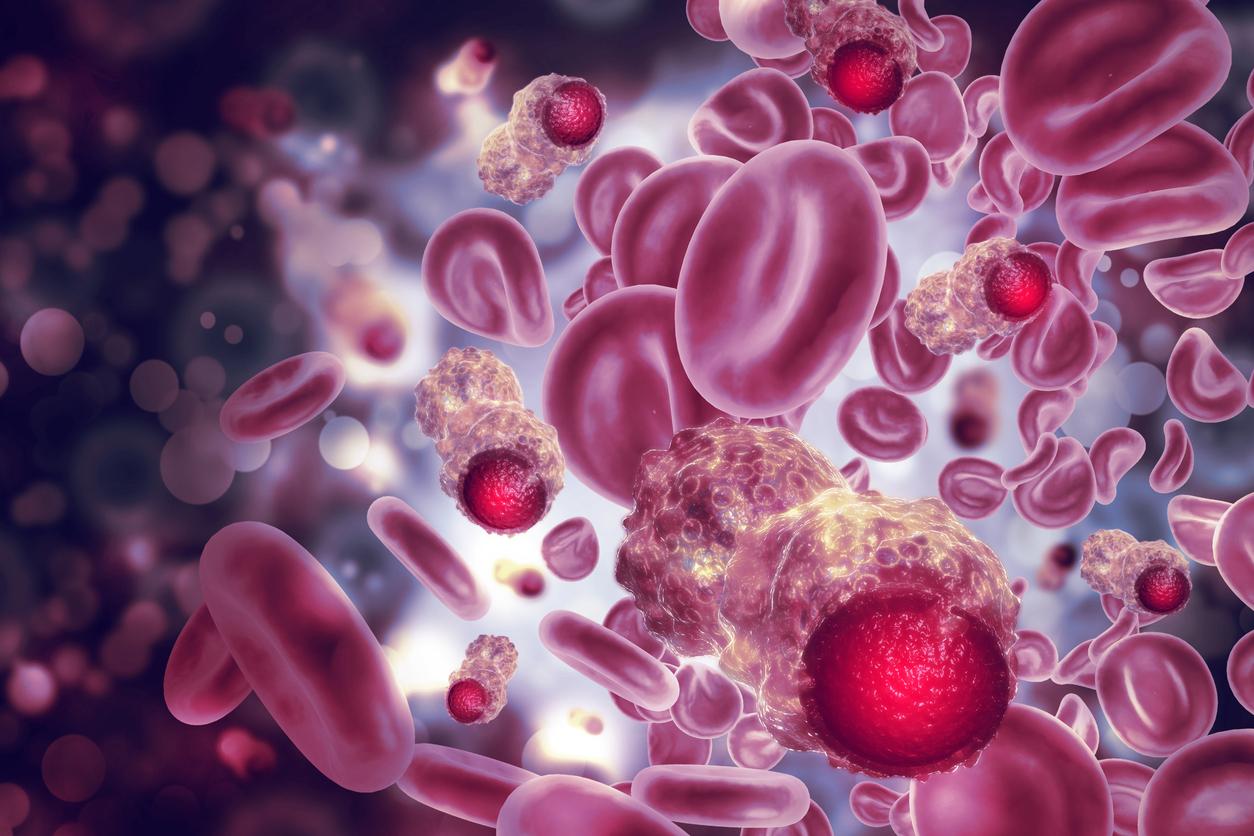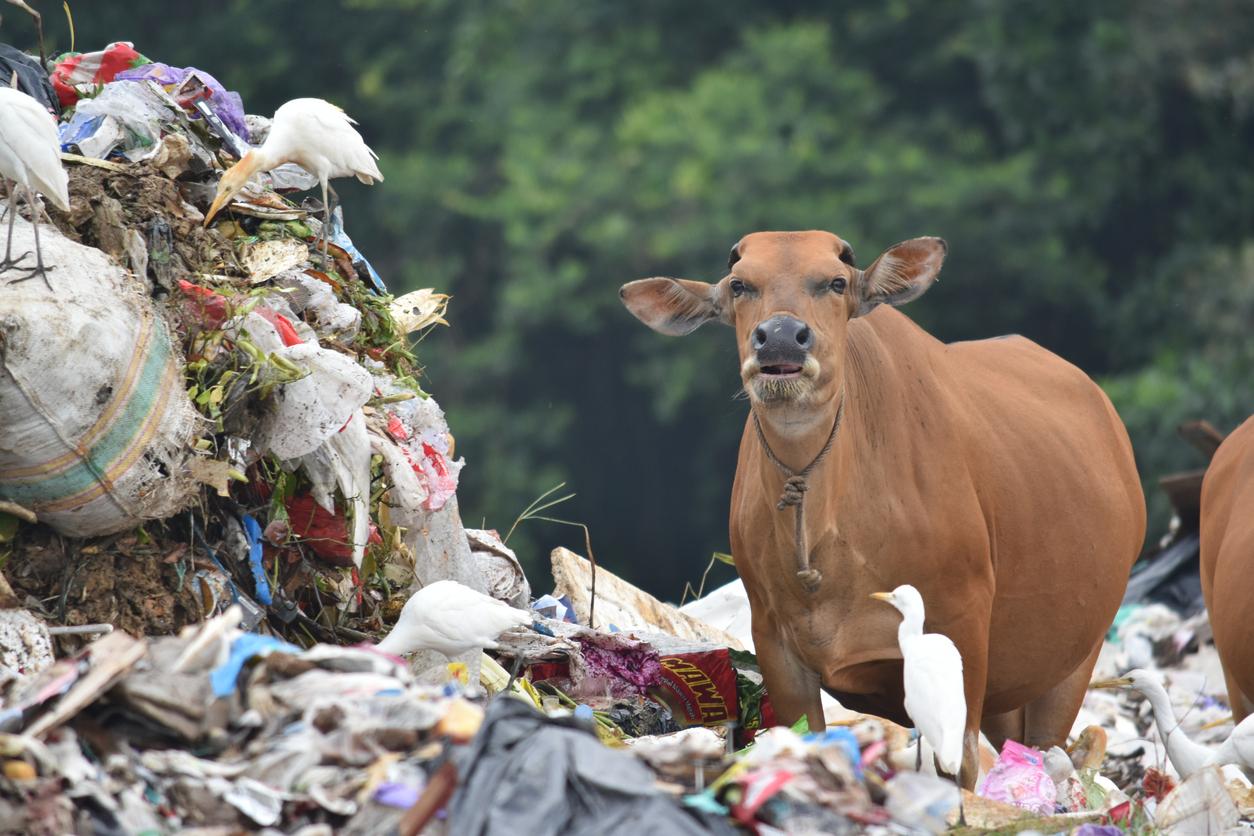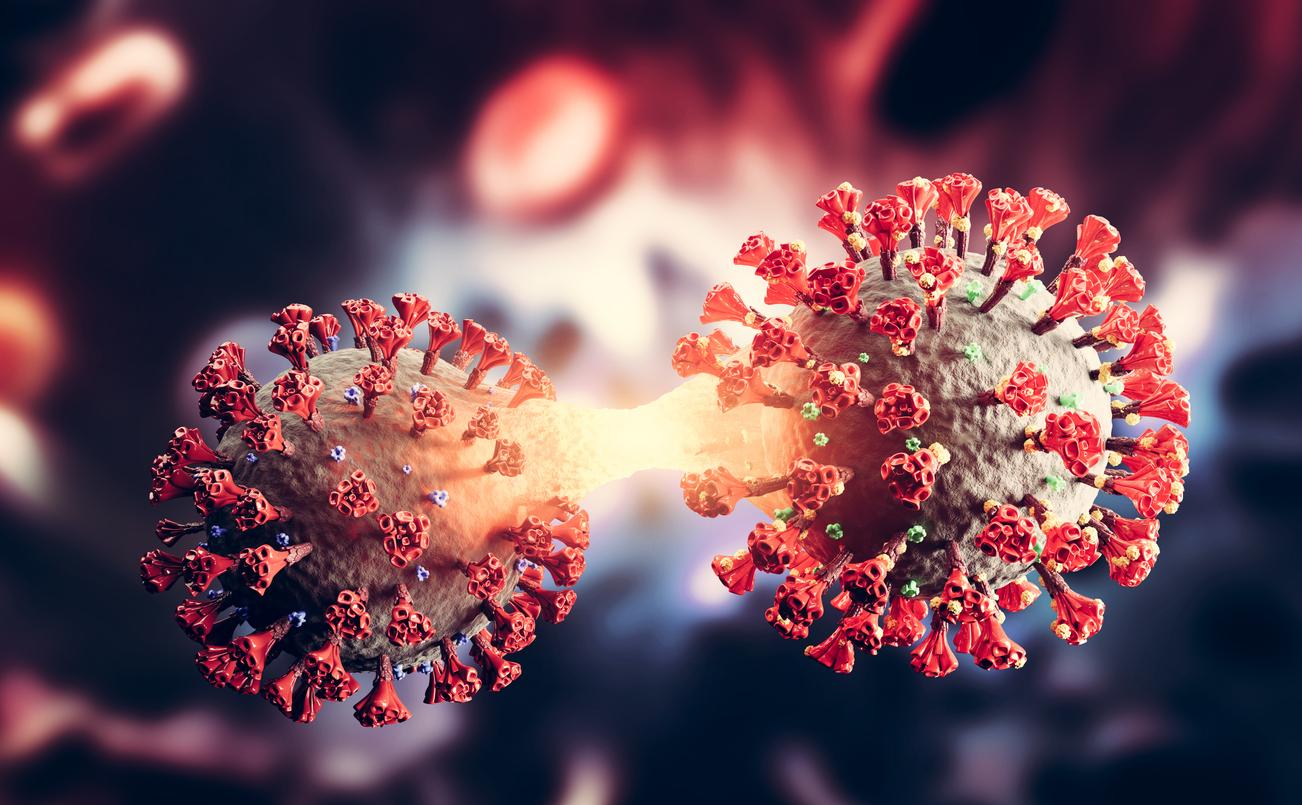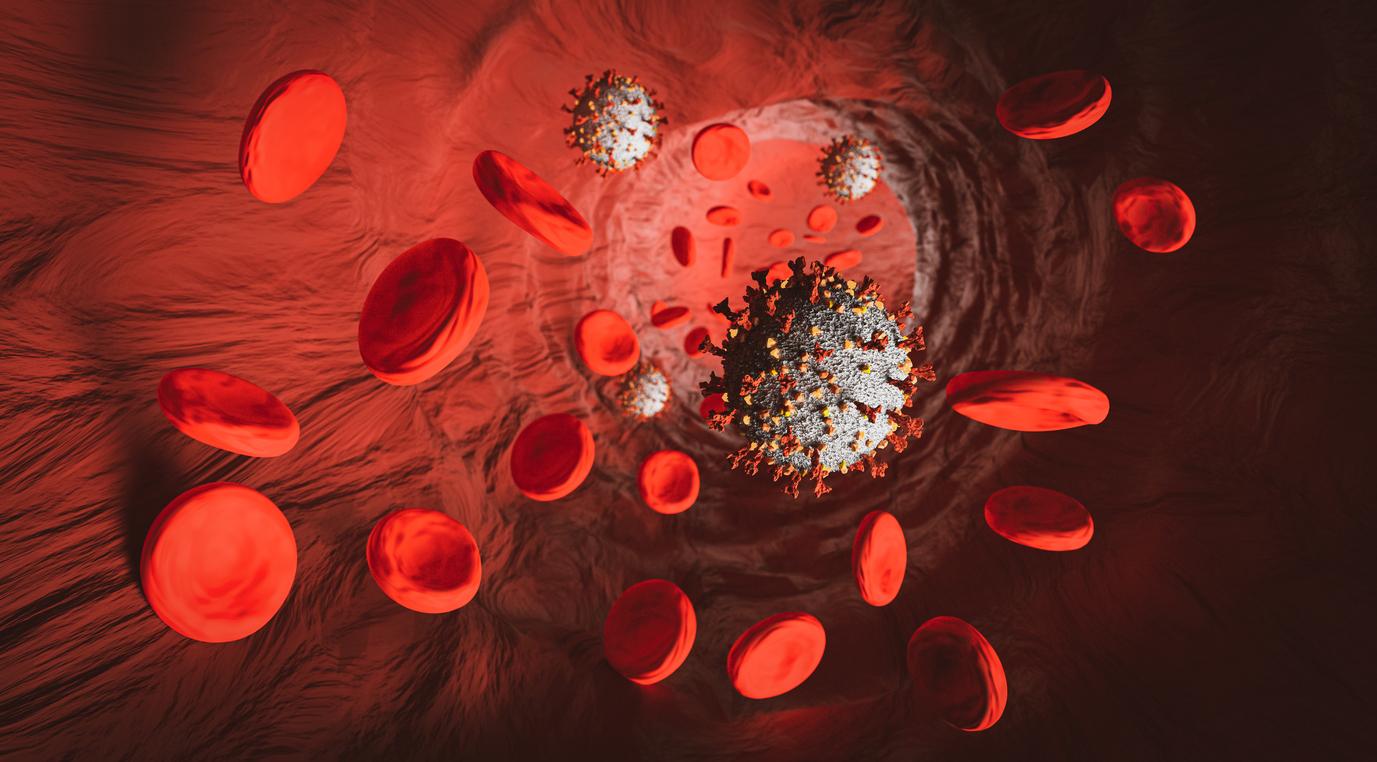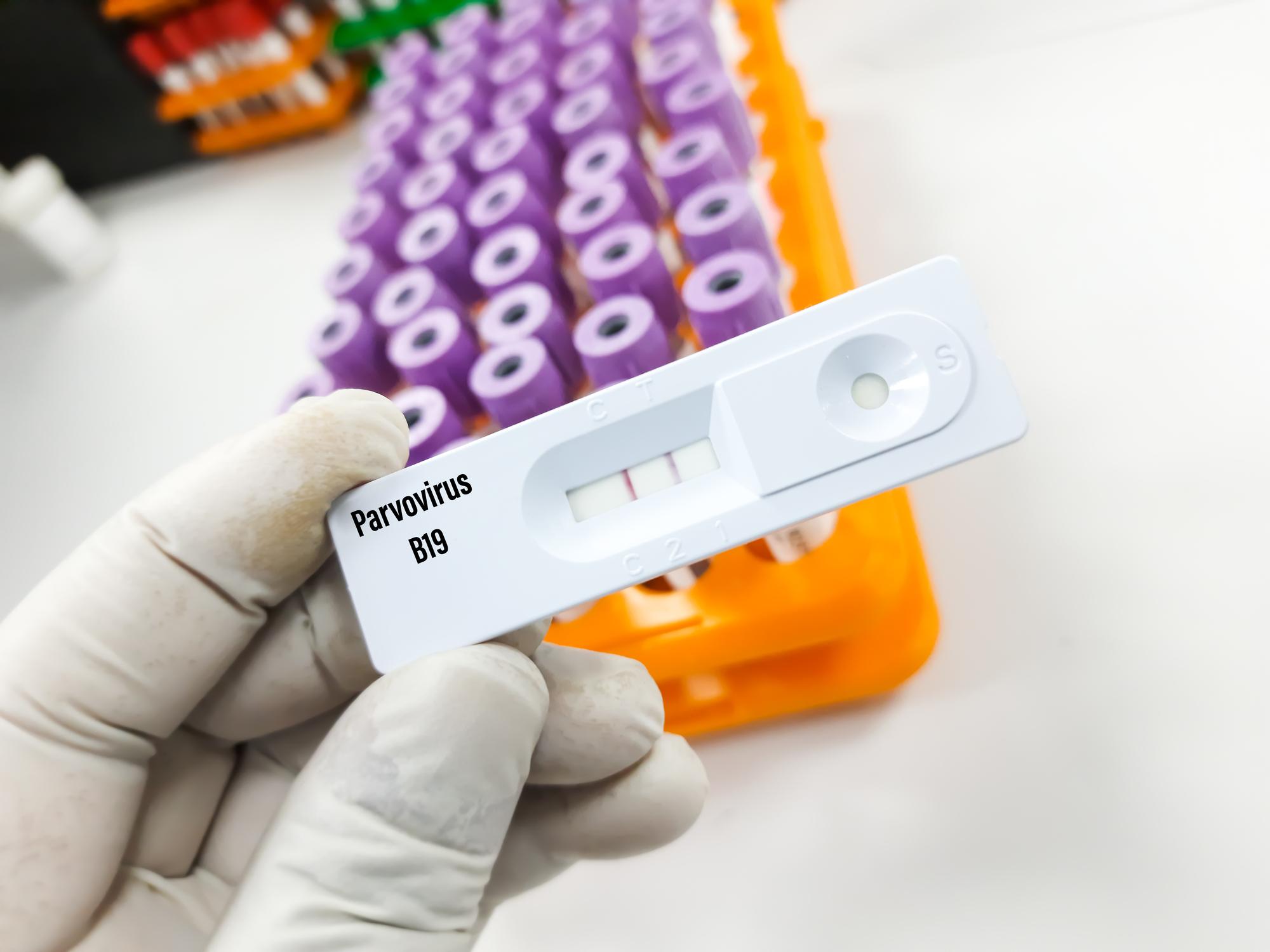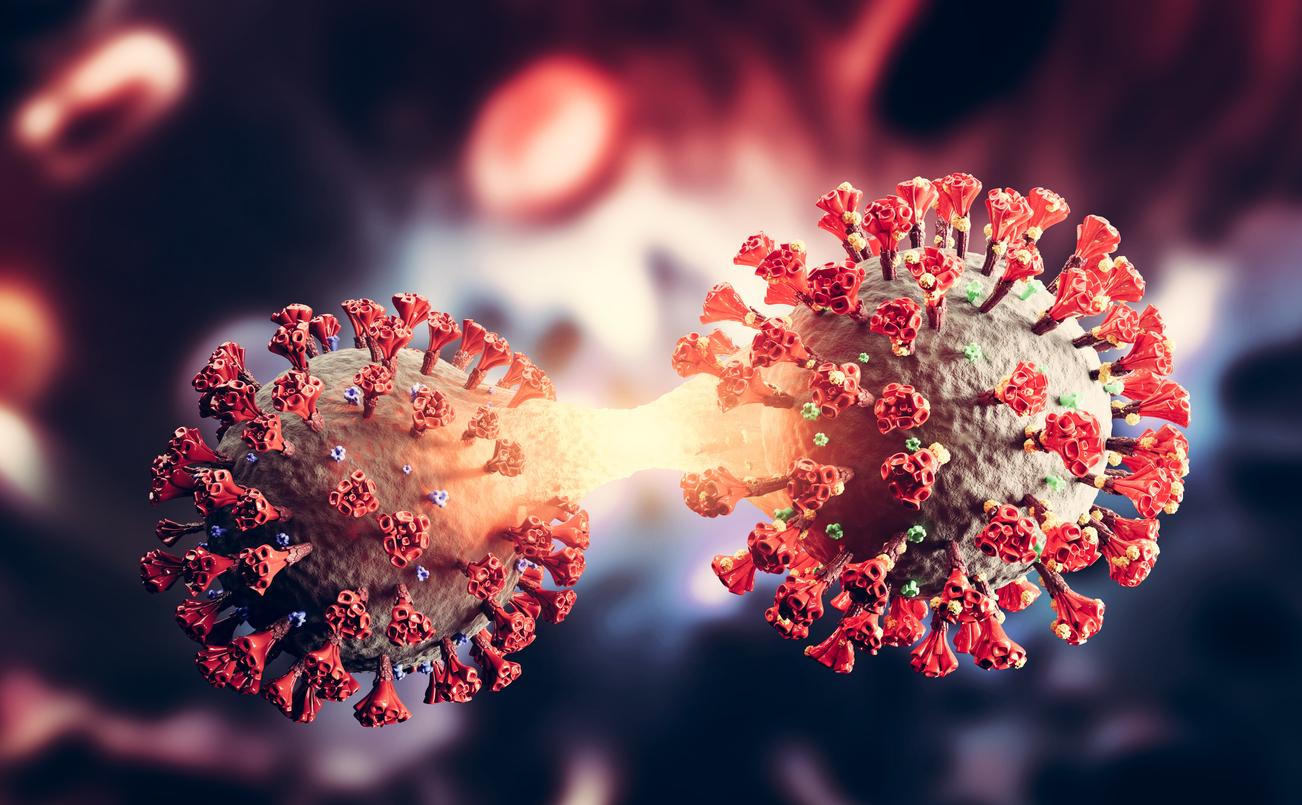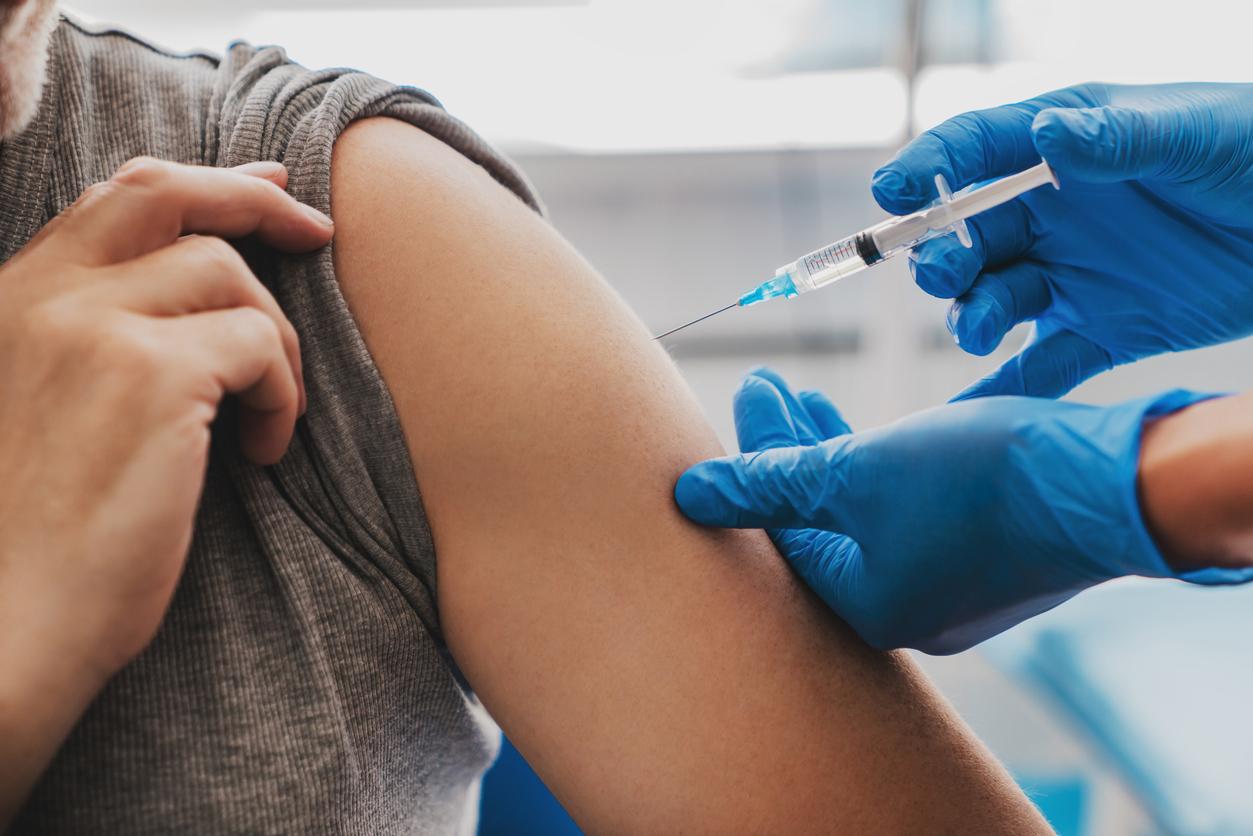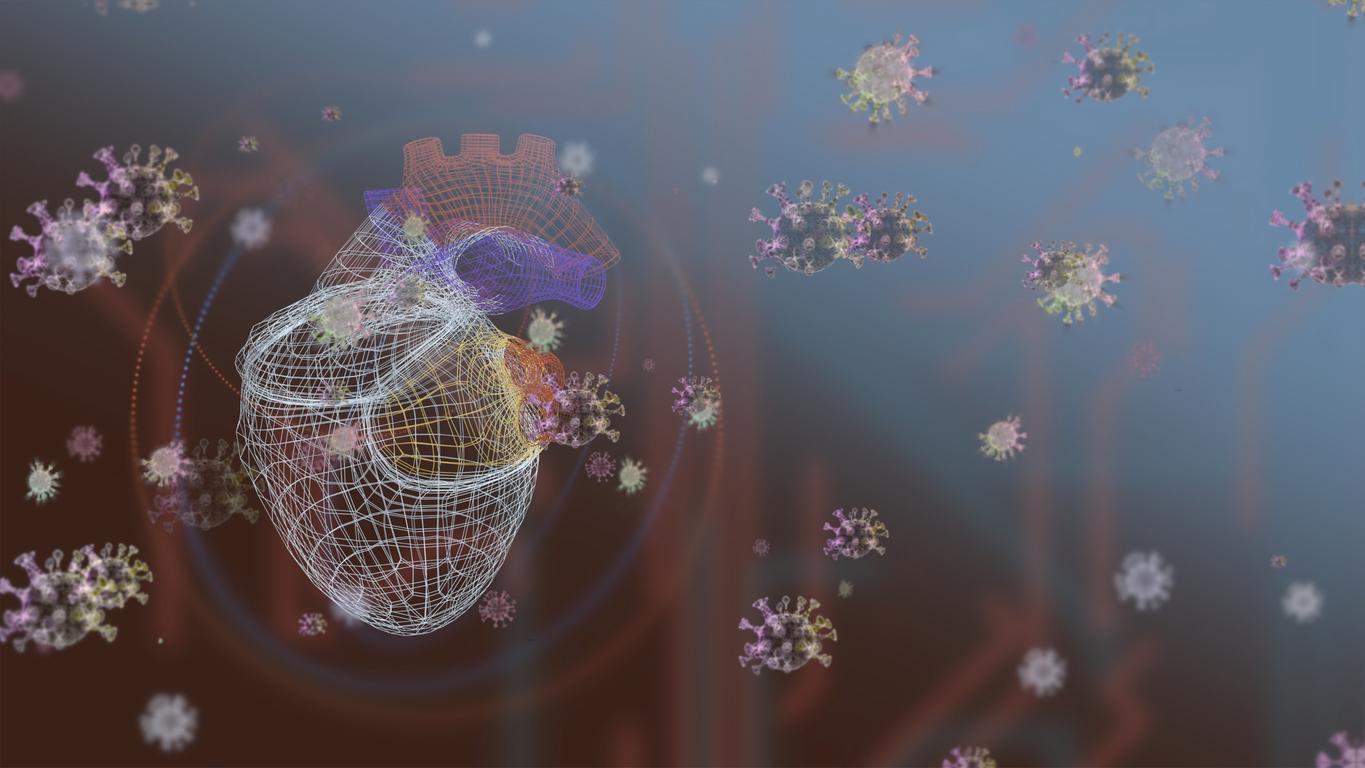By understanding how SARS-CoV-2 works now, researchers hope to get a head start in case a potential SARS-CoV-3 emerges.
![]()
- By understanding how the genetic material of SARS-CoV-2 is composed, this will give us an indication to fight against a potential SARS-CoV-3.
- The functioning of SARS-CoV-2 is not too far removed from its cousin SARS-CoV, responsible for the SARS epidemic in 2003.
We are not done with the coronavirus yet. While the SARS-CoV-2 pandemic has been surging for almost twelve months and traces of antibodies have been found in Italy as early as September 2019, the scientific community is preparing for the next step. An international team, made up of chemists and biochemists from Goethe and Darmstadt universities (Germany), the Catholic University of Valencia (Spain) and the Weizmann (Israel) and Karolinska (Sweden) institutes have dissected the functioning of SARS-CoV- 2 in order to anticipate the future occurrence of a potential SARS-CoV-3. Their first study on the subject was published on November 10, 2020 in the journal Nucleic Acids Research.
A family of viruses sadly known since 2002
The family of severe acute respiratory syndrome coronaviruses, or SARS-CoV (Severe Acute Respiratory Syndrome COronaVirus) appeared for the first time in 2002. At that time, the SARS epidemic had only hit about twenty countries, mainly Asian, and had caused the death of 774 people in February 2003 and May 2004.
Covid-19, also known as SARS-CoV-2, works on the same principle. Like its cousin, it comes from a zoonosis, an animal disease that has crossed the species barrier to attack humans.
For now, scientists know that SARS-CoV-2 has a long genetic code of 29,902 characters contained in a long RNA molecule, as well as 27 proteins. Normally, viruses use the metabolic processes of their host cells to multiply. The fact that viruses can precisely control the synthesis of their own proteins is essential to this strategy. SARS-CoV-2 uses its RNA molecule to control protein production, mainly in areas that do not code for proteins. viral proteins.
Better understand to better anticipate
To understand how SARS-CoV-2 works, researchers used nuclear magnetic resonance (NMR) spectroscopy, which involves exposing RNA atoms to a strong magnetic field, to reveal their spatial arrangement and determine how they are composed and its process to successfully infect humans.
“Our findings have laid the foundation for a deeper understanding of exactly how SARS-CoV2 controls the infection process.comments Harald Schwalbe, researcher at the Center for Biomolecular Magnetic Resonance at Goethe University. Scientifically, this was enormous and very intensive work, which we were only able to accomplish thanks to the extraordinary commitment of the teams in Frankfurt and Darmstadt, as well as our partners in the COVID-19 consortium. -NMR. But the work continues: with our partners, we are currently studying which viral proteins and which proteins of human host cells interact with the folded regulatory regions of RNA, and whether this can lead to therapeutic approaches.”
Currently around the world, more than 40 working groups, composed of 200 scientists, are conducting research within the COVID-19-NMR consortium. The teams have been working on this subject tirelessly, seven days a week, since the end of March 2020.
“The control regions of the viral RNA whose structure we have examined are, for example, almost identical for SARS-CoV and also very similar for the other beta-coronaviruses. This is why we hope to be able to contribute to a better preparation for future ‘SARS-CoV3’ viruses”, hope Harald Schwalbe.
.









